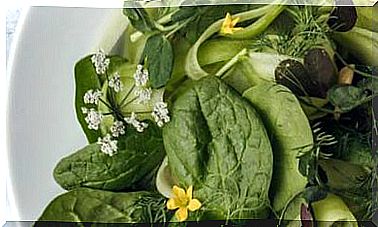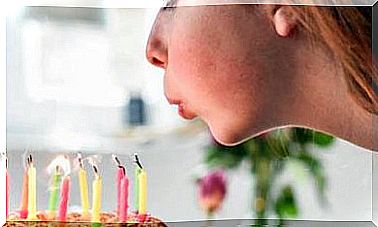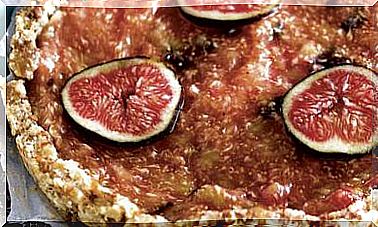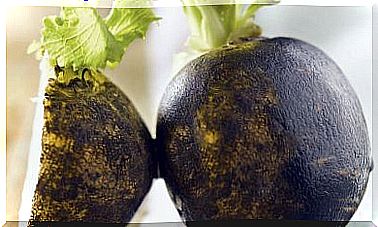Less Meat, More Life
How much does a cow eat each day? 30 kg or 30 m2 of grass. Much more than us. The global demand for meat is neither healthy nor sustainable. What are the alternatives?
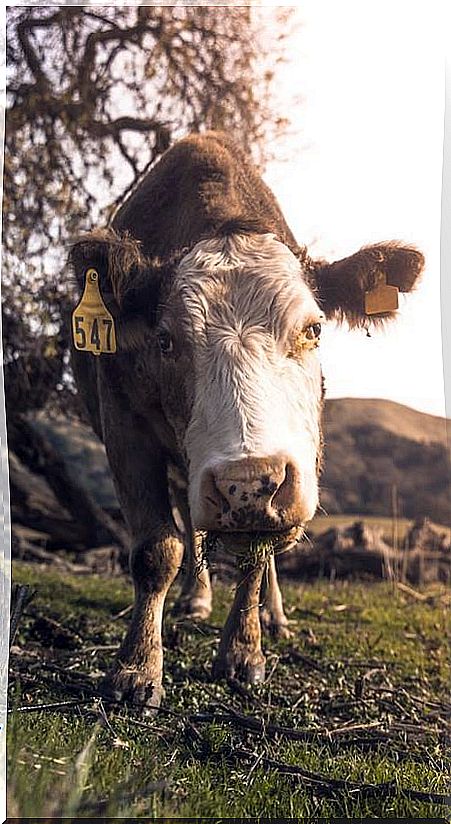
Unhealthy diets and being overweight are the two major contributors to premature mortality. And, although it is true that some social groups are experiencing a change towards a healthier diet, based on a greater presence of “the vegetable” to the detriment of the intake of animal protein and processed foods, it is also true that globally it is not Only there is no progress in that direction, but the totally opposite model is “exported” to the whole world with a unique motivation: the economic interest of the food “business”.
Excess meat harms our health
We have been reversing the food pyramid for years now, and we know we eat too much protein, and more recently, too much carbohydrates. We get fat and have obesity that makes life difficult for us and “kills” us in some places, while famine rages in others. Great contradiction. We know.
The introduction of a more rational intake based on health, on “green” over “meat”, could reduce global mortality by between 6% and 10% in the 2050 horizon, with an economic impact of such magnitude that Impressive: several trillion dollars in savings in public spending.
-10% of world mortality in the year 2050 if a healthy diet rich in vegetables and legumes and poor in meat is adopted.
-70% greenhouse gas emissions by 2050 if we all adopt a vegan diet.
This is evidenced by the publication in the journal Proceedings of the National Academy of Sciences of the study led by Mark Springman (University of Oxford) in which the effects and benefits of the introduction of a healthier diet on health and development are analyzed. climate change.
Can veganism save the planet?
Also in this sense, the less food of animal origin, the better because greenhouse gas emissions would be drastically reduced. Up to 70% if a vegan diet were adopted globally.
And if by promoting and spreading healthy habits we are not achieving the desirable objectives, we are still convinced by the way of … standing up to the continued deforestation of the planet?
The prediction, conveniently nuanced, is just as strong: on the very horizon of the year 2050, a mathematical model by Karl-Heinz Erb, from the Institute of Social Ecology in Vienna, reveals that on the hypothesis of continuing to extend the Western diet to the entire world planet must destroy more forest mass than has already been destroyed so far or otherwise “the hypothesis is not sustainable.”
From this point of view, the solution is to not eat meat at the rate we do, it is clear.
What alternatives are there?
The study in question raises different scenarios in which they introduce different variables, such as different types of diet. Actually, it simulates “all” scenarios, five hundred.
- The optimistic view is that almost one hundred of these scenarios would not entail the deforestation of even one hectare more than those that have already been destroyed. But yes, we must moderate the consumption of meat in our immediate “western” environment and, above all, drastically slow down the massive export to the rest of the world of the habits of western countries (processors and producers) based on carnivorous intake.
- The pessimistic view : none of these five hundred scenarios would be viable if the daily meat intake were adopted and fast food establishments proliferated in all communities of one thousand inhabitants.
But let’s continue with the scenarios, if we insist on exporting the consumption of processed meat accompanied by ketchup and fried potatoes and we do not want to deforest more, all the options are to significantly increase crop yields. It would be necessary to eliminate the practice of organic agriculture and extensive cattle raising, of high quality although considered to be of low economic performance.
Ultimately, transgenic agriculture would be massively used, with “brand” pastures without losses due to “diseases” for all brand-name (cloned) cows that we put there.
Do we have the right to choose what we grow?
But remember that the fact that an insect eats a plant is not a disease of the plant, but the result of the voracity (read “hunger”) of the insect. And let us also remember that insects are the true inhabitants of the planet with its more than nine hundred thousand species. Mammalian species, on the other hand, number just over four thousand. And we hominids, Homo sapiens, the descendant of Homo erectus, almost went extinct along with the rest of our “Neanderthal” cousins thirty thousand years ago; it is not that long in “macro” terms either.
Whose planet is it then? It is a good question whose answer would help us to put things in their place. A less anthropocentric look at history would do us well in addressing this topic as well.
Of course, the study points out a whole range of options. But of course, installing ourselves in the option of “deforesting everything to produce meat for all” based on the myopic vision that seeks the short-term economic interest of a few is not sustained.
How to guarantee that our diet is sustainable?
At the other extreme: 100% of the five hundred scenarios are viable if the entire world population becomes vegan: veganism as a sustainable response to the deforestation and death of the planet.
The solution is just to cut back. It is necessary to cut, but not in Health, but in cattle, to re-have fields for human consumption, at the expense of pastures destined to fatten cattle.
It does not take a visionary or a great scientist to know what is best for the planet and all the species that inhabit it. Definitely, “paper” (books) is not the enemy of trees, if it ever was. The enemy of the forests is the meat “incarnate” (worth the double meaning and metaphor) in the hamburger of macperrinsfriedchicken.


